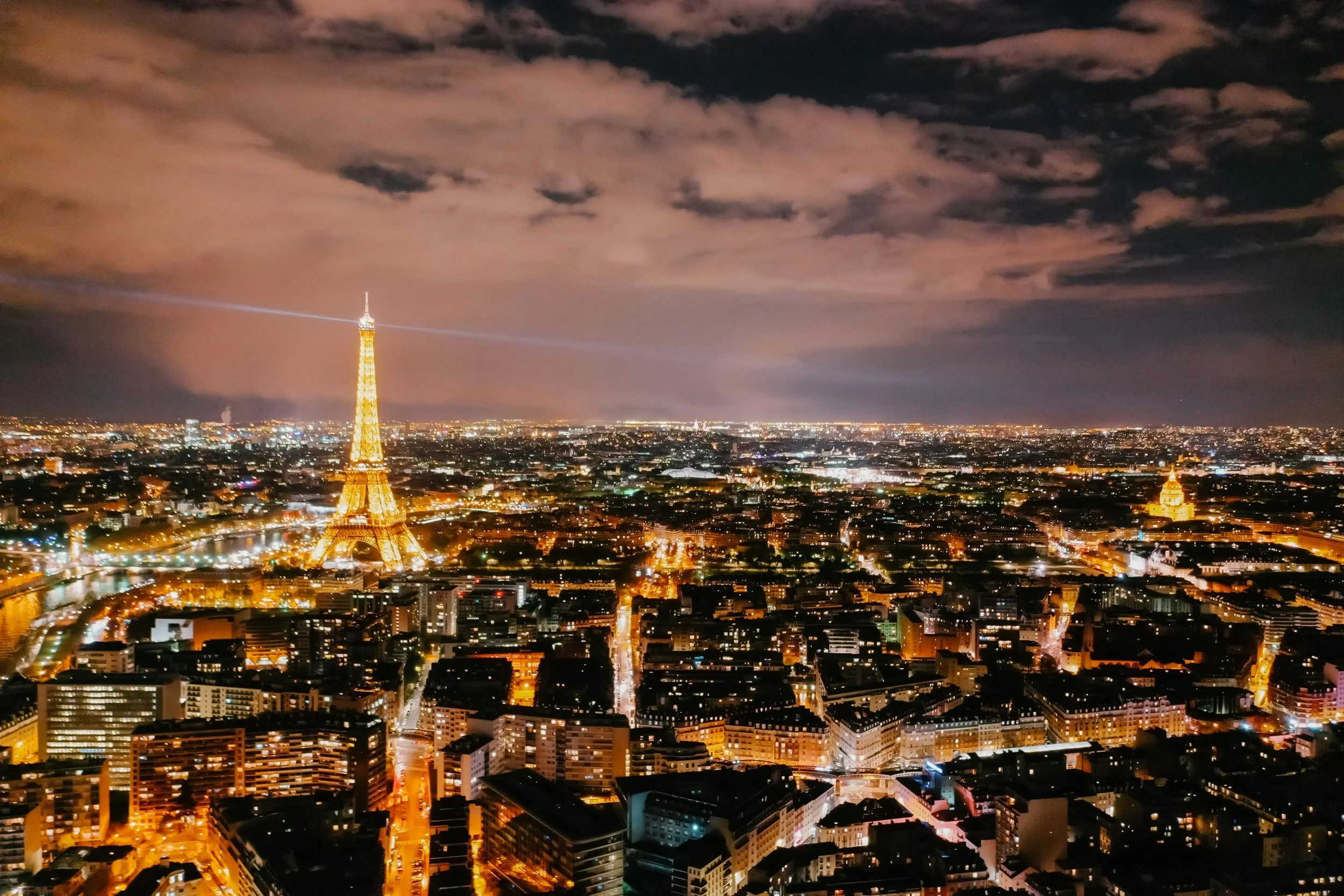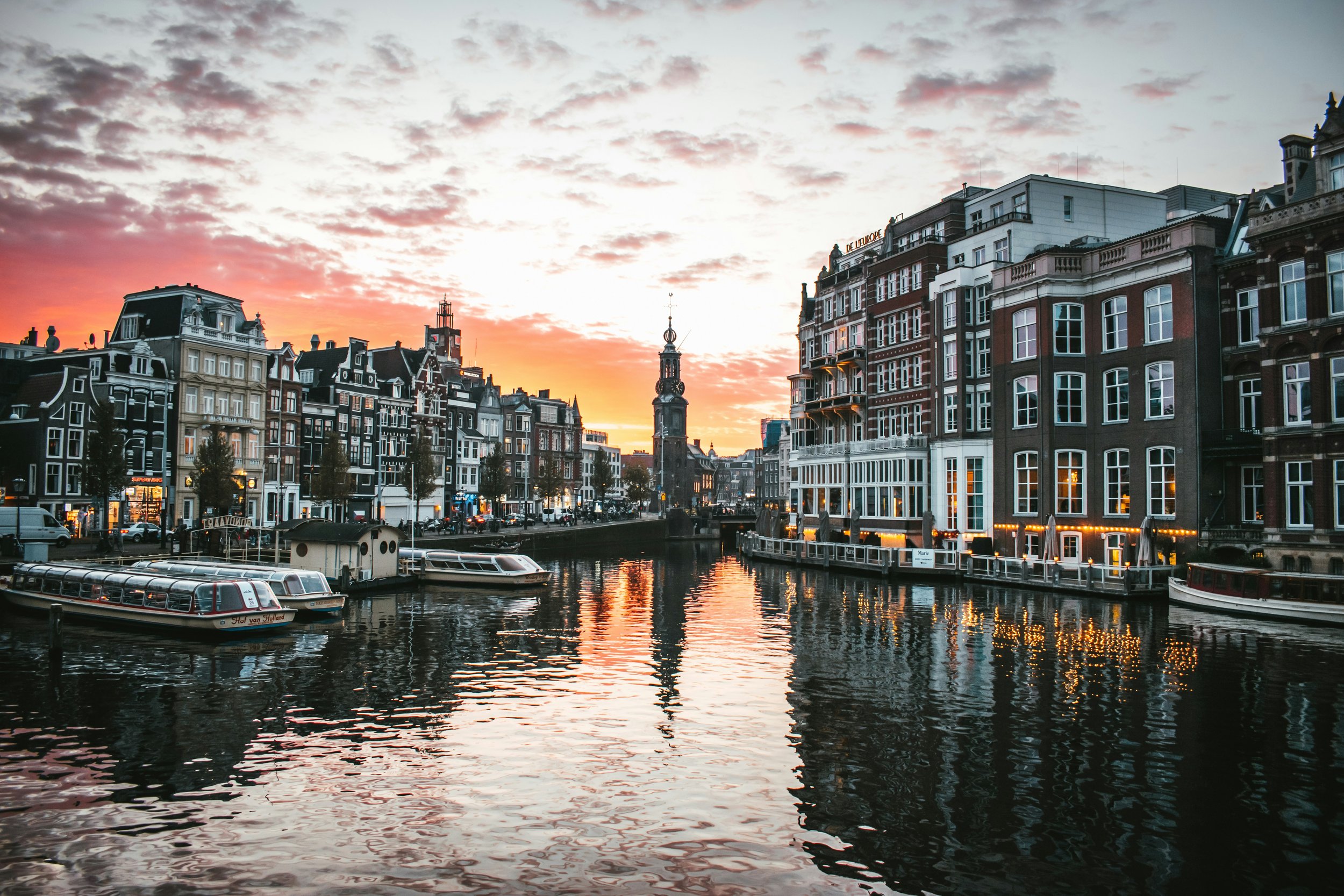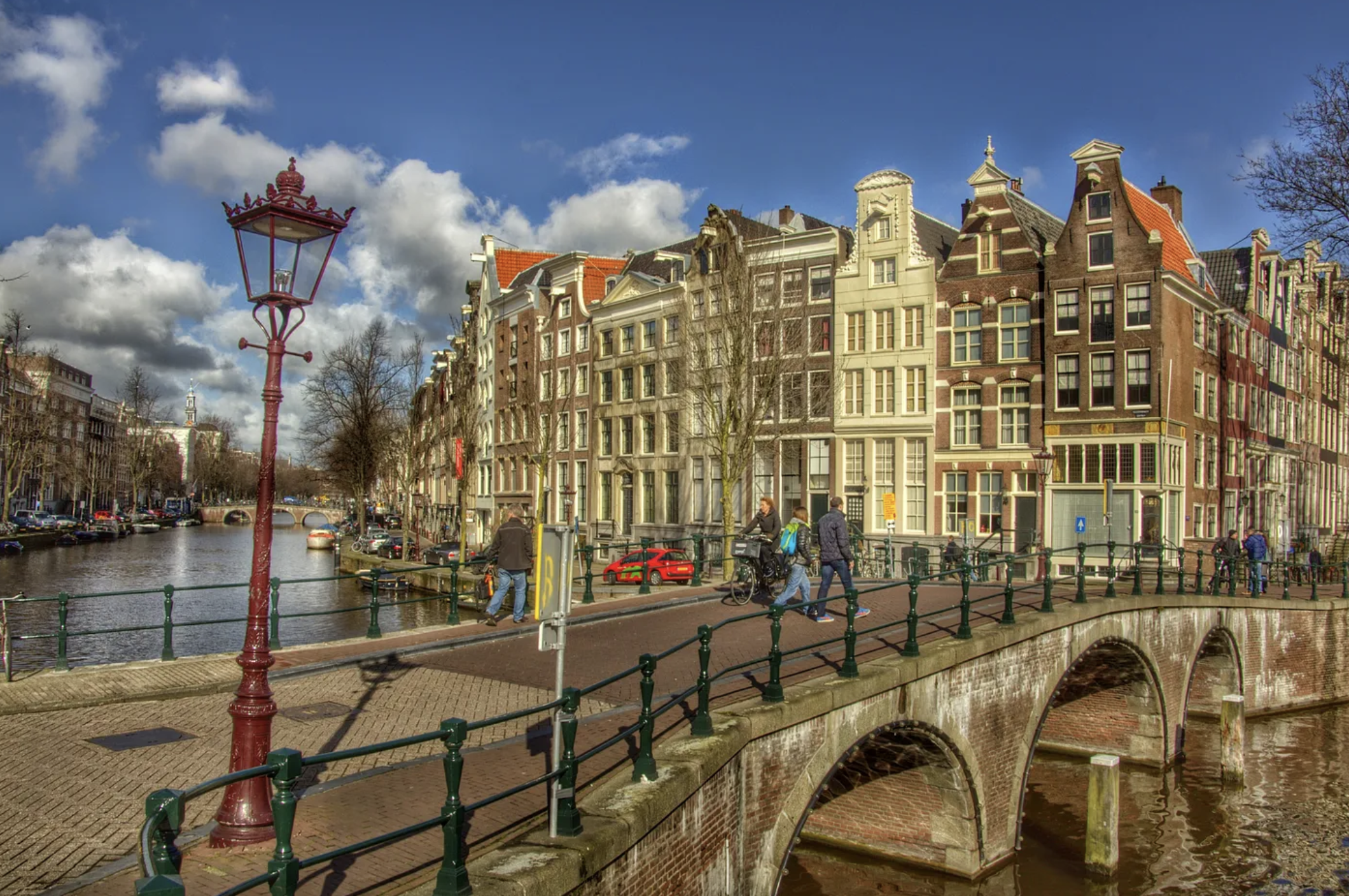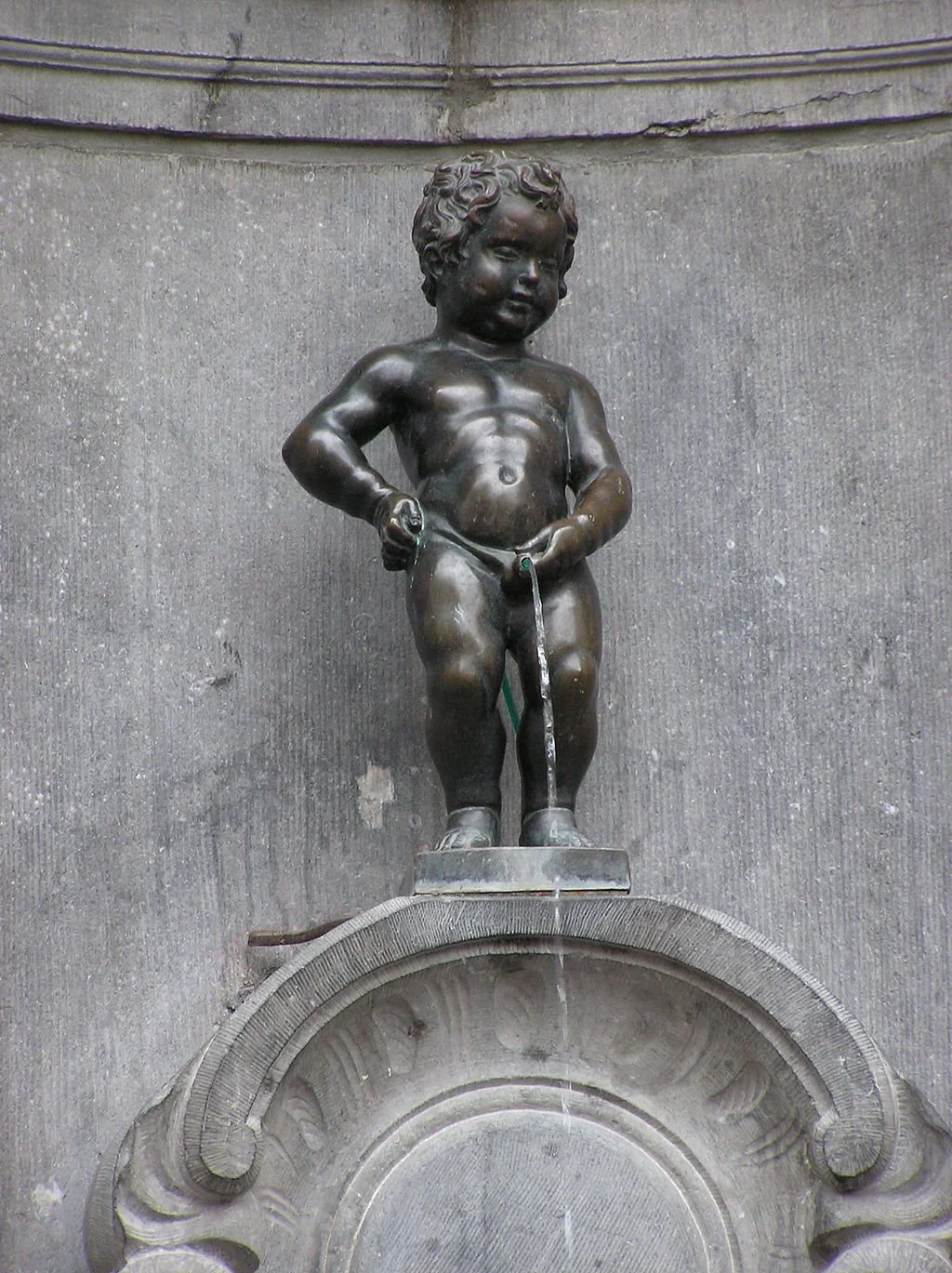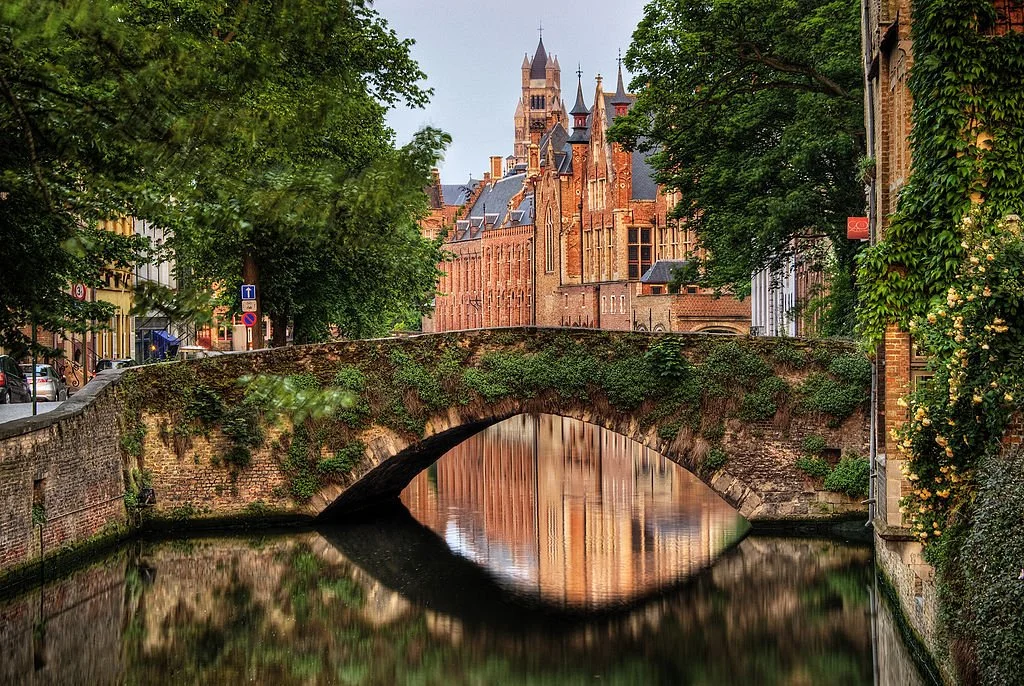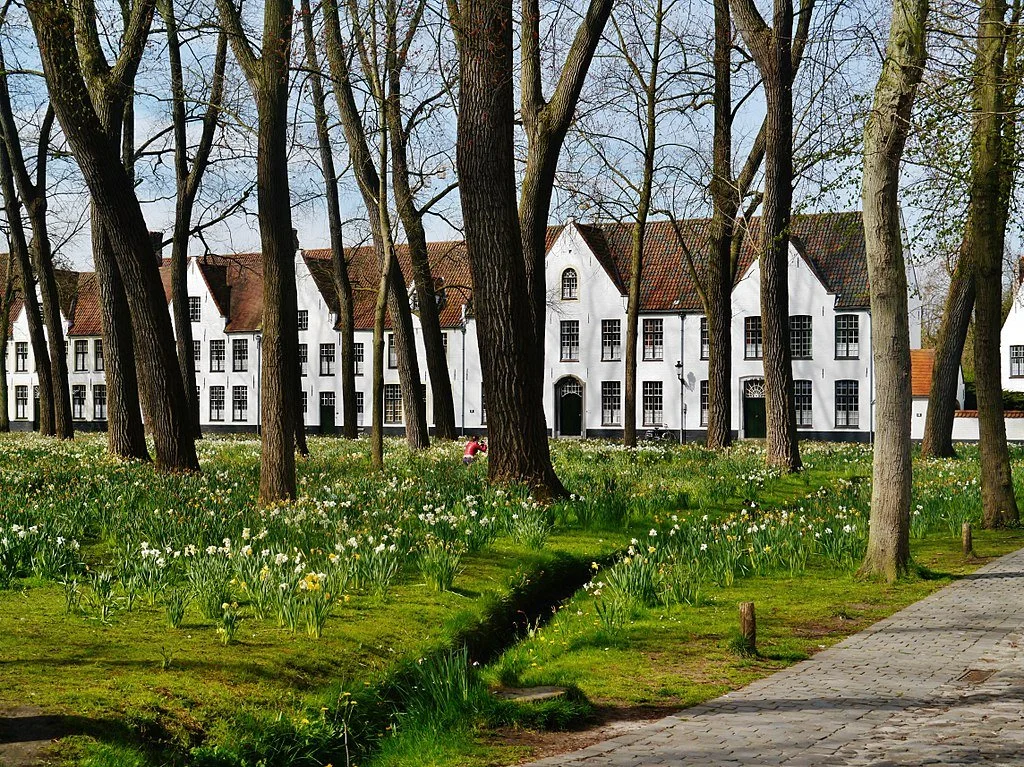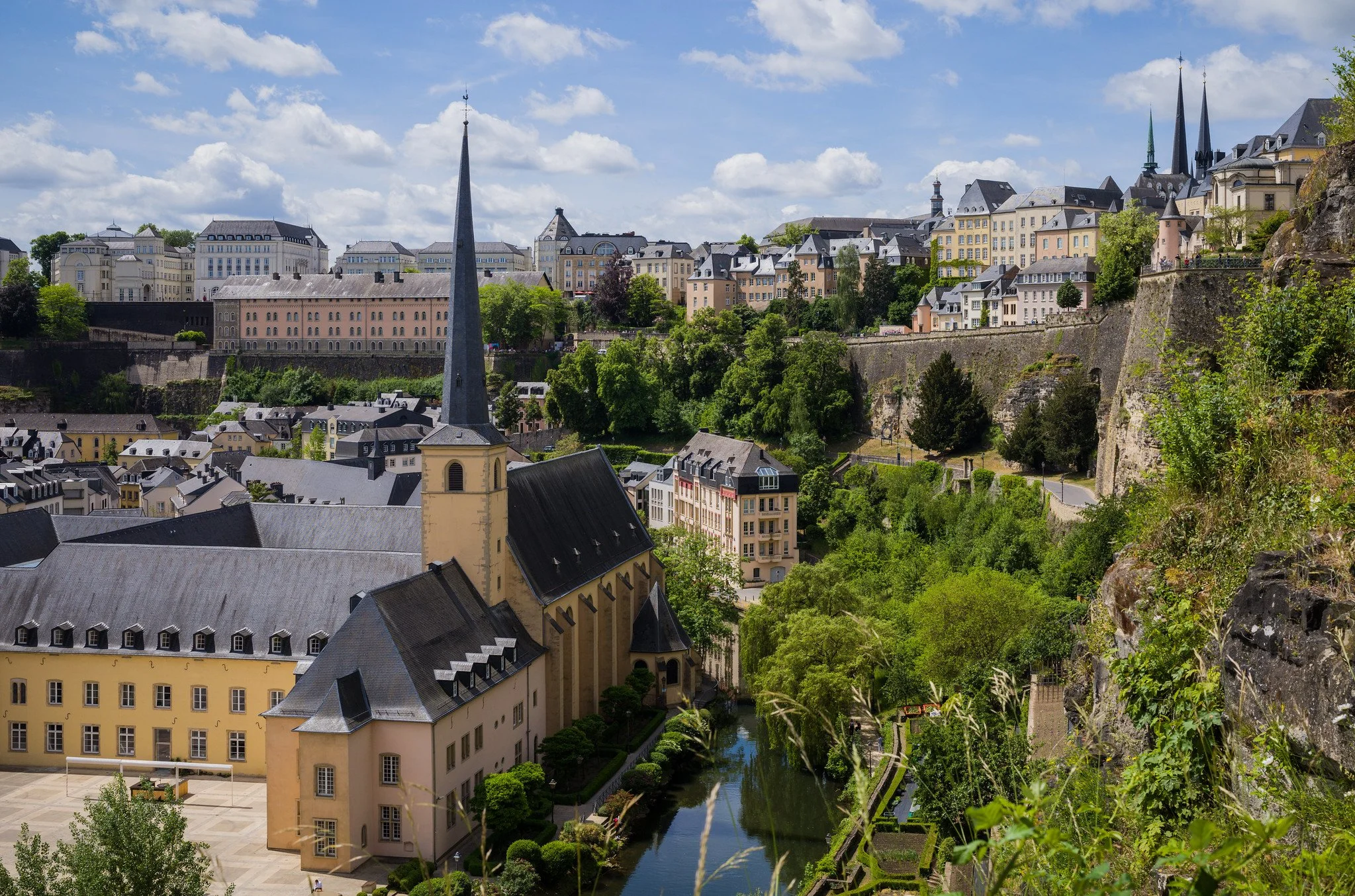All aboard for a Benelux train tour! Add Amsterdam, Brussels, Bruges and Luxembourg City to your itinerary of Europe’s Low Countries.
The high-speed Thalys train from Amsterdam to Brussels travels at speeds of up to 186 mph (300 km/h), covering the distance in under two hours.
As someone who loves to travel and discover Europe’s hidden gems, I embarked on an exciting adventure through the lowlands of Belgium, the Netherlands and Luxembourg. Collectively known as Benelux, the name comes from the first letters of each country’s name.
Windmills and tulips are part of the appeal of Benelux (the Low Countries of Belgium, the Netherlands and Luxembourg).
From the picturesque canals of Amsterdam to the medieval streets of Bruges, and the cosmopolitan allure of Brussels to the historical landmarks of Luxembourg City, each destination offered a special blend of culture, history and charm waiting to be discovered.
“I spent hours wandering along Amsterdam’s waterways, admiring the elegant canal houses, quaint bridges and bustling houseboats that lined the banks.
I felt like I had stepped into a painting by Vermeer or Rembrandt.”
Paris, the City of Light and of Love, has a timeless allure.
Beginning the Benelux Adventure
First Stop: Paris
Setting off from London, my journey began with a train from London to Paris, a swift and seamless trip that whisked me across the English Channel and into the heart of France’s vibrant capital.
Upon arriving in Paris, I was greeted by the city’s unmistakable energy and elegance. From the iconic landmarks of the Eiffel Tower and Notre-Dame Cathedral to the world-class art collections of the Louvre and Musée d’Orsay, Paris exudes a timeless allure that captivated me at every turn. After indulging in a croissant breakfast and a leisurely stroll along the Seine, it was time to continue my journey toward the lowlands of Benelux.
Amsterdam is home to almost 62 miles of canals, 90 islands and 1,500 bridges. In fact, there are more waterways than roads!
Second stop: Amsterdam
After boarding the train to Amsterdam in the Netherlands, I found myself eagerly anticipating the adventures that lay ahead. As the train glided through the scenic countryside, I couldn’t help but marvel at the beauty of the bucolic landscapes unfolding before my eyes: lush green meadows dotted with windmills and quaint villages nestled along winding rivers, all viewed from the cozy confines of my seat.
Arriving in Amsterdam, I was immediately enchanted by the city’s unique blend of old world charm and vibrant modernity. One of the highlights of my trip was wandering along the iconic canals, which crisscross the city like a network of veins, pulsating with life and energy. I spent hours wandering along the waterways, admiring the elegant canal houses, quaint bridges and bustling houseboats that lined the banks. I felt like I had stepped into a painting by Vermeer or Rembrandt.
Taxes were charged based on the width of a building — which explains Amsterdam’s tall and narrow houses.
During my time in the capital city, I visited the Anne Frank House. Its poignant exhibits and haunting history were a sobering reminder of Amsterdam’s tumultuous past.
Additionally, the Van Gogh Museum provided a fascinating glimpse into the brilliant yet troubled genius of one of the world’s most renowned artists.
Gorgeous Baroque and Gothic buildings line la Grand-Place in Brussels.
Third stop: Brussels
I hopped on the Amsterdam to Brussels train to visit the cosmopolitan capital of Belgium. Stepping off the train, I was greeted by the city's lively atmosphere and architectural splendor. Brussels is a melting pot of culture, cuisine, and creativity. The Grand Place, with its ornate guild houses and towering spires, was a sight to behold, especially when illuminated at night.
The Atomium, built for the the 1958 World Expo in Brussels, stands tall at 335 feet (102 meters) and was designed to resemble an enlarged iron crystal.
The Atomium, a futuristic marvel built for the 1958 World’s Fair, offers panoramic views of the city from its lofty spheres, and the quirky Manneken Pis, a statue of a small boy urinating in perpetuity, never fails to draw a crowd.
Young Duke Godfrey III of Leuven, the inspiration behind Manneken Pis, is said to have brought luck to troops by pissing on the enemies.
And who was I to say no to the city’s culinary offerings? I sampled my way through Brussels’ famous chocolatiers, indulging in pralines, truffles and decadent hot chocolate. Then it was on to waffles and frites — crisp, fried matchstick-cut potatoes served in a paper cone with mayo — all washed down, of course, with delectable Belgian beer.
The medieval town of Bruges is known for its fairy-tale charm.
Fourth Stop: Bruges
Continuing my journey, I made my way to another city in Belgium, Bruges, a medieval gem nestled amid the lush greenery of Flanders. With its fairy tale charm, cobbled roads, romantic canals and well-preserved Gothic architecture, the town felt like something out of a storybook. I wandered through its maze of narrow streets, passing historic guild halls, peaceful canals and tucked-away courtyards.
The Belfry of Bruges, a medieval marvel dating back to around 1240, stands 272 feet (83 meters) tall and served as a treasury and observation post to spot fires.
While climbing the narrow staircase of the Belfry, a medieval bell tower built around the year 1240, I was rewarded with panoramic views of the Bruges’ rooftops and spires.
Founded in 1245, the UNESCO World Heritage Site of Begijnhof was once home to Beguines, independent lay women leading pious lives, and is now inhabited by Benedictine nuns and single women, offering a tranquil retreat in the heart of Bruges.
I found serenity at the Begijnhof (Beguinage Ten Wijngaerd), a tranquil monastic community that was once home to Beguines, women who led lives of religious devotion without joining a formal religious order. The complex includes a Gothic church and about 30 white-painted houses dating from the late 16th, 17th and 18th centuries built around a central yard.
Luxembourg City boasts the world’s second-highest GDP per capita and has three official languages: German, French and Luxembourgish.
Fifth Stop: Luxembourg City
The final leg of my adventure took me to Luxembourg City, the capital of the Grand Duchy of Luxembourg. A fitting end to my journey, the fortified multi-tiered city is perched atop cliffs with dramatic views overlooking the Alzette and Pétrusse Rivers below.
During the German occupation of Luxembourg in World War II, the Nazis caused a lot of damage to the Grand Ducal Palace using it as a concert hall and tavern.
Sandwiched between Belgium, France and Germany, the city is a captivating blend of ancient fortifications, lush parks and sleek modern structures. Wander through the UNESCO World Heritage Site of Ville Haute, Luxembourg’s Old Town, where medieval ramparts and towers stand side by side with elegant pastel-colored townhouses and charming cafés. The Kirchberg Plateau, home to the European Union institutions, offered a striking contrast with its sleek glass buildings and manicured parks. And you can’t miss the Grand Ducal Palace, the official residence of Luxembourg’s grand duke and duchess.
The charming canals of Amsterdam are but one highlight of a trip through Benelux.
Exploring the Low Countries of Benelux
My Benelux trip was a truly amazing experience, allowing me to immerse myself in the vibrant energy of these dynamic cities and uncover the hidden gems that lie within. Whether I was enjoying delicious Belgian chocolates in Brussels or admiring the picture-perfect Gothic architecture of Bruges, every moment was packed with excitement and new discoveries.
As my journey came to an end, I cherished the memories that will stay with me forever, inspiring me to continue to seek out new adventures and explore the world.
Farewell for now, Benelux — your legacy left an indelible impression on me and will forever hold a special place in my heart. –Brayden Sterling



